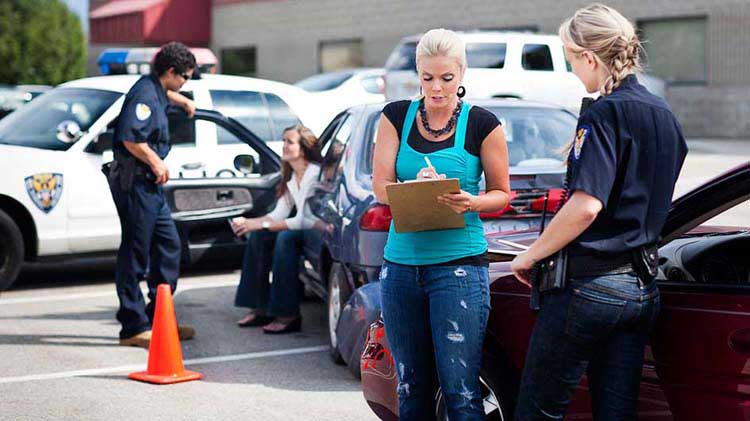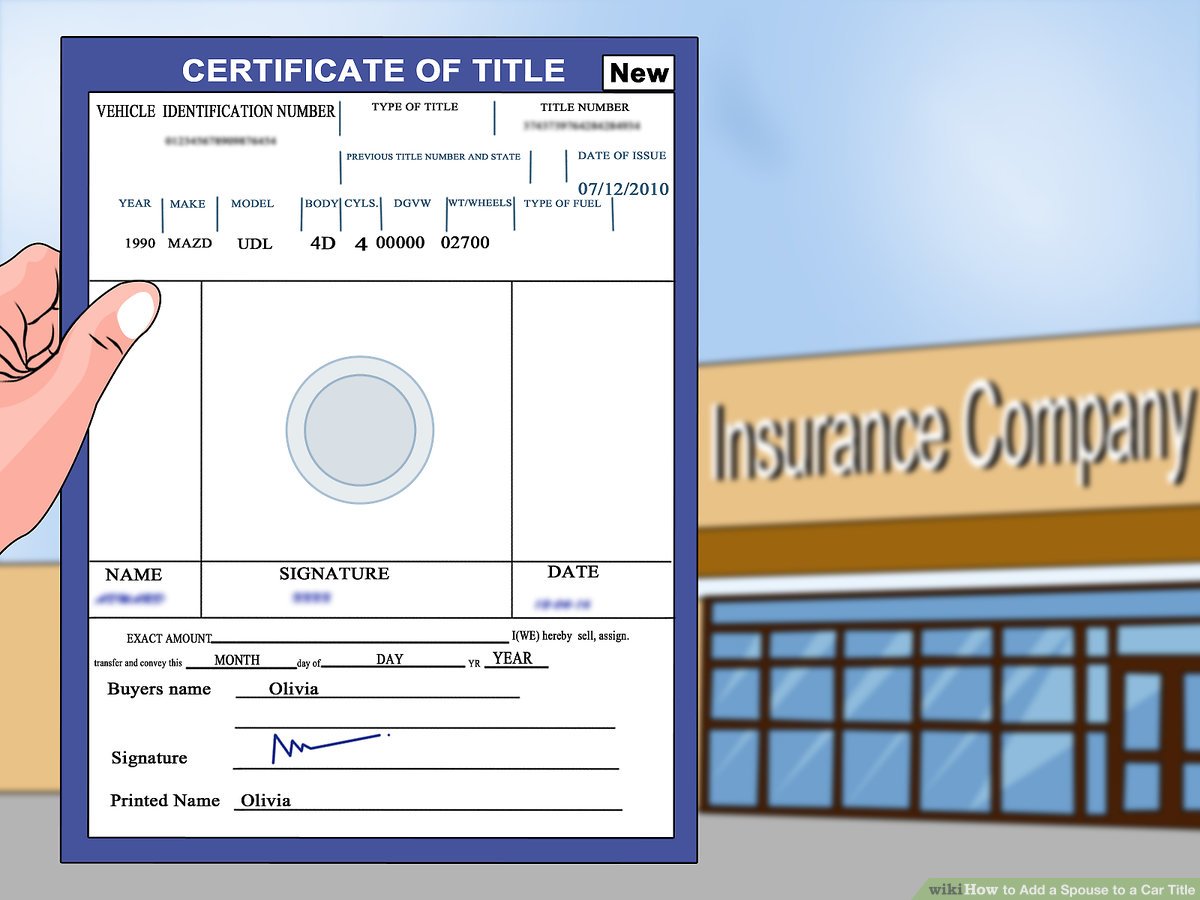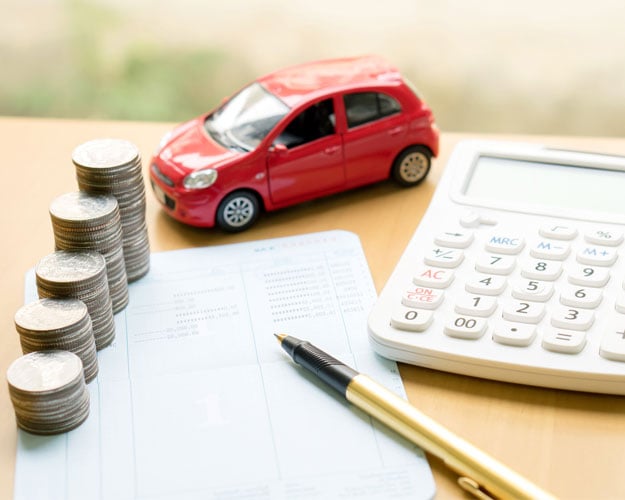How to Find the Person Who Hit My Car
To find the person who hit your car, immediately report the incident to the police and gather any available witness statements or surveillance footage. Check for any nearby cameras that may have captured the incident.
Dealing with a hit-and-run can be a highly stressful and frustrating experience. Securing the identity of the individual responsible is crucial for insurance claims and potential legal action. Start by contacting authorities and filing a police report, as this official document is vital for insurance purposes.
Scour the area for witnesses who might have seen the event unfold; their accounts can be instrumental in piecing together the incident. Many modern streets and parking areas are under constant surveillance; thus, local businesses or traffic cameras might have valuable footage. Document the scene thoroughly with photographs or videos, capturing any evidence such as paint scrapes or debris that the offending vehicle might have left behind. Lastly, notify your insurance company promptly, as they can assist in tracking down the driver and may offer services to help repair your vehicle.
Introduction To Hit And Run Incidents
Being involved in a hit and run incident can be jarring and unsettling. This type of situation occurs when one party in a vehicle collision flees the scene without providing contact information or aiding the other party. Understanding how to handle these incidents and knowing what constitutes a hit and run legally is crucial for anyone who finds themselves the victim of such an unfortunate event.
Initial Shock And Response
After the initial shock of a hit and run, it’s essential to stay calm and act swiftly. Your first steps play a critical role in resolving the issue. Take a deep breath and focus on gathering as much information as possible, as this will aid in locating the person responsible and sorting out the legal matters that follow.
The Legal Definition Of A Hit And Run
A hit and run is legally defined as being involved in a car accident, either with another vehicle, property, or person, and then leaving the scene without identifying oneself or rendering aid to anyone who may require assistance. It’s an offense that can carry severe penalties, varying by location.

Credit: www.reddit.com
Immediate Steps After The Incident
Breathe deep and stay calm – you just discovered someone hit your car. It’s crucial to know the next steps. The right actions ensure your safety and strengthen your case for insurance claims or legal action. Let’s walk through these vital steps together.
Safety first: Assess the situationSafety First: Assess The Situation
Before anything else, make sure you’re safe. If the incident occurred in traffic, move to a secure spot. Check for injuries. If it’s safe, approach your vehicle to understand the damage extent. Remember to turn on your hazard lights to alert other drivers.
Subheading focusing on safety- Move to a secure area
- Check for injuries – yours and others’
- Analyze vehicle damage from a safe distance
- Engage hazard lights
Document The Scene: Gathering Evidence
Gather as much information as you can. This data is critical for police reports and insurance claims. Use your phone to take photos or videos. Capture different angles of the damage, the surrounding area, and any skid marks or debris.
Take clear photos or videos that include:
| What to Capture | Why It’s Important |
|---|---|
| Car damage | Shows impact severity |
| Surroundings | Provides context |
| Skid marks, debris | Indicates collision dynamics |
| License plates of involved vehicles | Helps in identifying parties |
Collect information from witnesses, if present. Note down their contacts. The police may reach out later. If the perpetrator left a note, keep it. It may contain valuable contact details.
Unordered list of other evidence to collect- Witness statements and contact information
- Any notes left by the person who hit your car
- Contact details of any involved parties
Contact the police to report the incident. Keep a copy of the police report for your records – it’s a legally recognized document recounting the event.
Stress the importance of a police report- Report to local law enforcement immediately
- Provide them with all the collected evidence
- Request a copy of the police report for your records
Do not forget to notify your insurance provider. Give them a detailed account of the incident. Share the evidence collected as it may impact your coverage and the claims process.
Remind about contacting the insurance company- Inform your insurer quickly
- Gather insurance details from involved parties, if possible
- Share evidence and police report with your insurer
Seeking Witnesses And Surveillance
Discovering who hit your car can be stressful. Don’t worry. Witnesses and surveillance might hold the key. Let’s explore how to find these crucial pieces of evidence.
Talking To Bystanders: Who Saw What?
Immediate action can lead to fast results. After a hit-and-run, start by asking nearby people. They might have seen something important. Consider the following steps:
- Identify potential witnesses: Look for anyone in the vicinity of the incident.
- Approach calmly: Be polite and explain your situation to get their cooperation.
- Collect contact information: If they have details, get their names and numbers.
- Record statements: Use your phone’s voice notes or video to capture their words.
Local Businesses And Homes: Checking For Cameras
Don’t overlook the power of surveillance footage. Local businesses and homes might have security cameras. The right footage can pinpoint the culprit.
- Scan the area: Look for cameras that point to where the incident happened.
- Request footage: Speak to property owners or managers as soon as possible.
- Check public spaces: Town centers and parking lots often have cameras too.
- Consider privacy laws: Understand that there may be legalities with obtaining footage.
Working With Law Enforcement
Discovering your car has been hit can be a jarring experience. Partnering with law enforcement is critical for tracking down the responsible party. Initiatives like filing a police report and maintaining ongoing communication with the authorities play pivotal roles in the investigation.
Filing A Police Report: The Importance
After a hit-and-run incident, your first step should be contacting the police. A police report creates an official account of the situation. This document is vital for insurance claims and any legal action. Timely reporting can also aid in preserving evidence.
What to include in your report:
- Time and location of the incident
- Any observer statements and contact information
- Vehicle details if available (make, model, color)
- Damages sustained to your vehicle
- Any evidence like photos or surveillance footage
Ongoing Communication: Staying Updated On The Case
After filing the report, it’s important to stay in touch with the police. Regular updates can offer insights into the progress of your case. Ask for the best point of contact and establish a consistent schedule for follow-ups, ensuring you’re informed about any developments.
Leveraging Social Media And Online Resources
Finding the person who hit your car can feel daunting. With the proper use of social media and online resources, efforts can be both effective and efficient. In today’s connected age, these tools are powerful allies in your search. Here’s how to harness their potential.
Launching An Online Appeal For Information
Creating a digital bulletin can spread the word rapidly. Follow these steps:
- Detail the incident: Note the location, time, and any specifics of the hit-and-run.
- Include images: Post clear pictures of the damage to your vehicle.
- Request shares: Ask your network to expand your reach.
Utilizing Social Platforms To Track Hit And Run Drivers
Social media can be your detective. Use it like so:
- Post on community groups: Local groups are full of potential eyewitnesses.
- Search for witnesses: Look for posts from around the time and place of the incident.
- Message potential leads: Reach out respectfully with direct questions.

Credit: www.progressive.com
Understanding Insurance Claims And Legal Actions
Becoming the victim of a hit-and-run is both frustrating and alarming. It’s essential to understand how to tackle insurance claims and potentially pursue legal actions to ensure you’re not left in a financial setback. Grasping the intricacies of these processes aids in obtaining the compensation you deserve.
Navigating Insurance Procedures After A Hit And Run
Begin by contacting your insurance company immediately after a hit-and-run. Here’s a step-by-step guide:
- Report the incident: Provide your insurer with every detail of the event.
- Document evidence: Take photos of the damages and the scene, if safe.
- File a police report: It’s crucial for insurance verification.
- Review policy: Understand your coverage—look for uninsured motorist protection.
Keep a record of all correspondence and claim numbers for reference.
Considering Legal Representation For Compensation
Legal expertise can be invaluable in hit-and-run cases. Consider these points:
- Consult an attorney: Seek one with experience in traffic incidents.
- Assess damages: You might be entitled to more than your policy covers.
- Consider court: If insurance falls short, a lawsuit can help recover costs.
Lawyers can navigate the complex terrain of hit-and-run laws and insurance regulations.
| Step | Action | Purpose |
|---|---|---|
| 1 | Contact Insurance | Initiate Claim Process |
| 2 | Evidence Gathering | Support Claim |
| 3 | Police Report | Legal Documentation |
| 4 | Policy Review | Confirm Coverage |
Preventive Measures For Future Incidents
Finding the person who hit your car is essential. Let’s ensure it doesn’t happen again. Read on for smart strategies to guard your car against future incidents.
Investing in a dashcam: Constant vigilanceInvesting In A Dashcam: Constant Vigilance
A dashcam is your stealthy co-pilot. It watches when you can’t. Why invest in a dashcam? It records every detail on the road. The benefits are clear:
- Capture evidence of accidents instantly.
- Monitor parked car safety 24/7.
- Help law enforcement identify culprits quickly.
Dashcams come in various models. Choose one that has night vision and parking mode features. These specs help cover all bases, day and night.
Protective parking practices to minimize risksProtective Parking Practices To Minimize Risks
Parking smart can save your car from harm. Follow these parking best practices:
- Choose well-lit areas: Thieves dislike spotlights.
- Avoid isolated spots: Pick places with foot traffic.
- Use secure lots: They often have surveillance.
Don’t leave valuables in your car. It tempts thieves. Orderly parking avoids dings and scratches from others.

Credit: www.statefarm.com
Frequently Asked Questions For How To Find The Person Who Hit My Car
What If Someone Hits My Car And I Don’t Know Who It Was?
If someone hits your car and flees, report the incident to the police immediately. Then, inform your insurance company about the hit-and-run, providing any available evidence or witness information to support your claim.
How Do You Tell Who Sideswiped Who By Damage?
To determine who sideswiped whom, inspect the damage location on both vehicles. Correlate the height, angle, and extent of the paint transfers and dents. Matching damage patterns often identify the contact points, indicating the direction and movement during the collision.
What Is The Hit-and-run Law In Texas Parking Lot?
In Texas, the hit-and-run law requires drivers to stop and exchange information after a parking lot collision. Failure to do so can result in criminal charges, including fines and jail time.
Does Paint Transfer Determine Fault?
Paint transfer alone does not determine fault in an accident; other evidence and circumstances are also considered.
Conclusion
Discovering the culprit in a hit-and-run can be daunting. Yet, it’s possible by being proactive and attentive. Gather evidence, note details, and involve the authorities. Remember, persistence often pays off in your quest for justice and compensation for your vehicle’s damage.
Stay vigilant and always seek professional guidance when needed.





